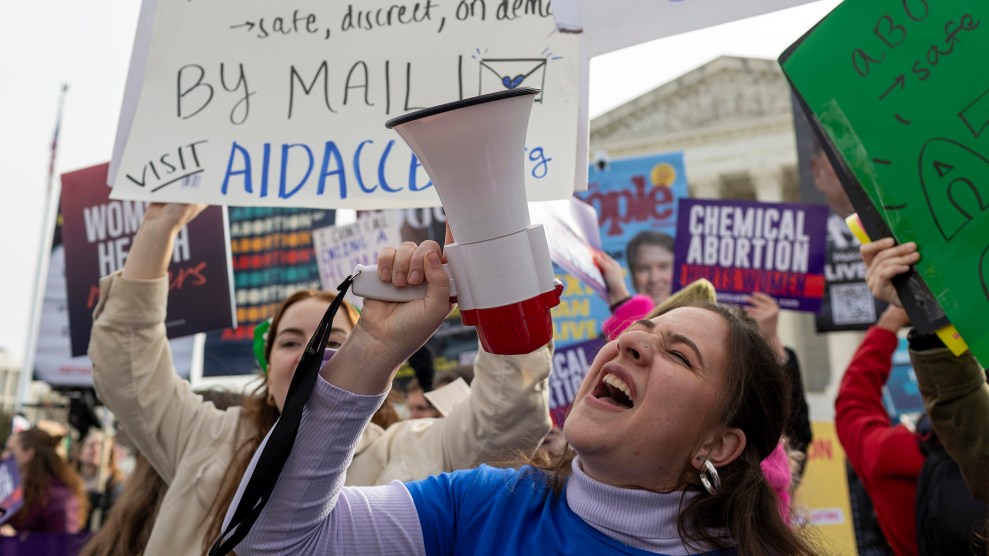Ryan Avent reviews some ancient history today. As we all know, the 2009 stimulus package was smaller than it should have been given what we knew at the time. But it was way smaller than it should have been if we’d only known what was really going on. The House passed an $800 billion stimulus bill on January 26th:
Two days after that, Americans received grim news about the economy: in the fourth quarter of 2008, GDP contracted at a 3.8% annual pace—the worst quarterly performance since the deep recession of 1982….Unfortunately, the situation was far more dire than anyone in the administration or in Congress supposed.
Output in the third and fourth quarters fell by 3.7% and 8.9%, respectively, not at 0.5% and 3.8% as believed at the time. Employment was also falling much faster than estimated. Some 820,000 jobs were lost in January, rather than the 598,000 then reported. In the three months prior to the passage of stimulus,
the economy cut loose 2.2m workers, not 1.8m. In January, total employment was already 1m workers below the level shown in the official data.
So what would Obama have proposed if he’d known that GDP had just contracted by 8.9% instead of 3.8%? Beats me. But even as cautious as he is and as mainstream as his advisors were, surely a recession that was more than twice as bad as they thought would have produced a stimulus that was something on the order of twice as big. I’ve never thought that the difference between, say, an $800 billion stimulus and a $1 trillion stimulus was a very big deal, but the difference between an $800 billion stimulus and a $1.6 trillion stimulus sure would have been.
BEA has a long track record of not doing a good job on GDP figures when the economy is turning sharply. It’s too late to cry over spilt milk now, but if there’s a way to get better at this it might help us out next time.

















